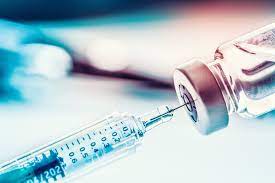
Living organisms including humans have all heard of immunity that results in a dramatic reduction of daily cases. Does “herd immunity” really protect from subsequent waves? The answer is not a simple yes or no. It depends on how widespread the virus is in a community and its transmission rate.
Daily Current Affairs Quiz 2021
When a person gets vaccinated against a disease, their risk of infection is also reduced – so they’re also less likely to transmit the virus or bacteria to others.
As more people in a community get vaccinated, fewer people remain vulnerable, and there is less possibility for an infected person to pass the pathogen on to another person.
‘Herd immunity’, also known as ‘population immunity’, is the indirect protection from an infectious disease that happens when immunity develops in a population either through vaccination or through previous infection.
Herd immunity does not mean unvaccinated or individuals who have not previously been infected are themselves immune.
Instead, herd immunity exists when individuals who are not immune, but live in a community with a high proportion of immunity, have a reduced risk of disease as compared to non-immune individuals living in a community with a small proportion of immunity.
In communities with high immunity, the non-immune people have a lower risk of disease than they otherwise would, but their reduced risk results from the immunity of people in the community in which they are living (i.e., herd immunity) not because they are personally immune.





